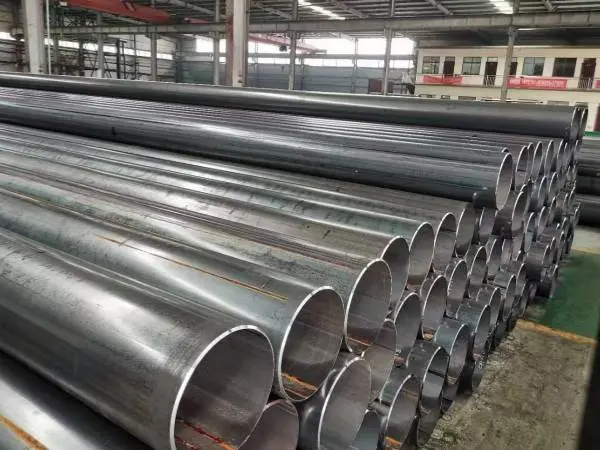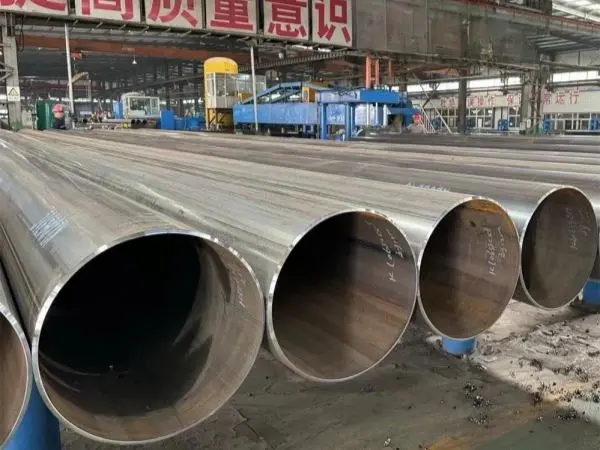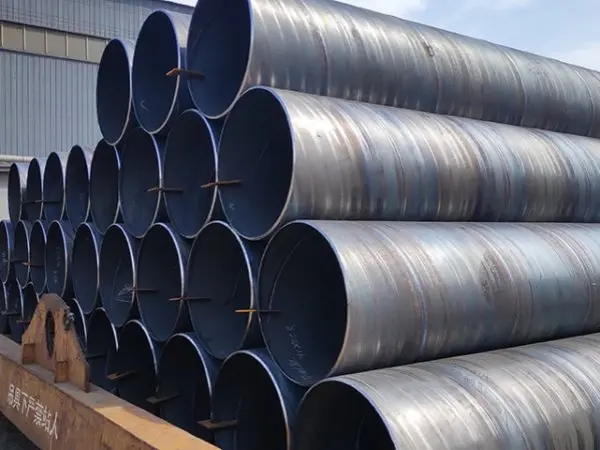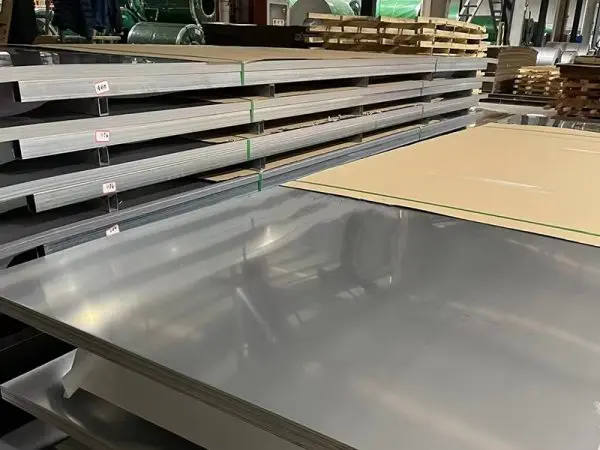- Phone0086 731 8564 8255
- E-mailsales@cscsteel-manufacturing.com
-

As a high-performance metal material, stainless steel plates are widely used across industries and in daily life due to their excellent corrosion resistance and durability. But how long can a stainless steel plate actually last? The answer depends on several key factors.
Continental Steel Co., Ltd is professional stainless steel plates manufacturer, for more details, please contact:sales@cscsteel-manufacturing.com
Typical Service Life Range
In general, the service life of stainless steel plates ranges from 10 to 50 years. However, the actual lifespan is influenced by a combination of material properties, environmental conditions, usage habits, and maintenance practices.
1. Material Quality
Stainless Steel Grades
Common grades such as 304 and 316 differ significantly in performance:
304 stainless steel is widely used and provides good corrosion resistance under standard conditions.
316 stainless steel contains higher levels of chromium, nickel, and molybdenum, offering superior resistance to corrosion and oxidation—especially in harsh environments—leading to a longer lifespan.
Manufacturing Process
Precision manufacturing ensures uniform thickness, smooth surfaces, and stable composition, which all contribute to improved mechanical performance and extended service life.
2. Usage Environment
Humidity & Corrosiveness
In coastal areas, chemical plants, or environments with high humidity and corrosive gases, stainless steel is more prone to pitting, rust, or surface degradation, reducing its lifespan. In contrast, dry, clean environments help maintain its integrity for decades.
Temperature Conditions
Prolonged exposure to high temperatures may accelerate oxidation and structural aging, shortening the service life of the material.
3. Maintenance Practices
Regular Cleaning
Periodically removing dust, grease, and corrosive residues from the surface can prevent buildup and reduce the risk of surface corrosion.
Surface Protection
Applying protective coatings or performing polishing treatments can enhance the anti-corrosion capabilities and improve longevity.
Avoiding Mechanical Damage
Preventing scratches, dents, and impacts during handling or usage protects the surface integrity and helps avoid areas where corrosion might begin.
4. Other Influencing Factors
Usage Frequency and Load
High-frequency or heavy-duty applications subject stainless steel plates to increased mechanical stress, leading to faster wear and potential deformation.
Installation Quality
Improper installation—such as loose fixation or uneven force distribution—may lead to vibration, warping, or early material fatigue. Ensuring correct mounting is crucial to structural stability and extended service.
Conclusion
The service life of stainless steel plates is not fixed—it is determined by material selection, environmental exposure, maintenance efforts, and usage conditions. By choosing the right grade, ensuring proper installation, and performing routine maintenance, stainless steel plates can maintain their performance and appearance for decades, making them a reliable and cost-effective material choice in a wide range of applications.




